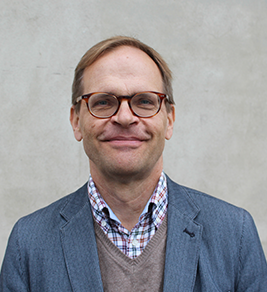In 2014, the Nordic Working Group on Green Growth – Innovation & Entrepreneurship, nominated by the Nordic Council of Ministers, commissioned Nordregio to conduct a study on different approaches to developing industrial symbiosis and its implications for regional development in the Nordic countries.
Industrial symbiosis can be viewed as one of the possible approaches to realizing a circular economy (CE) and achieving green growth. The aim of this study is to provide an overview of the potential for growth in industrial symbiosis at the national, regional and local levels, and analyse policies related to industrial symbiosis in the Nordic countries. The empirical part of the study consists of an analysis of five cases of industrial symbiosis: the Kalundborg Symbiosis in the Zealand region, Denmark; the Kemi– Tornio region in Lapland, Finland; the Svartsengi Resource Park on the Reykjanes Peninsula, Iceland; the Eyde Cluster in the Agder region, Norway; and the Händelö industrial symbiosis in Östergötland county, Sweden.
This study shows that there are differences in approaches to industrial symbiosis in the Nordic countries. In Finland and Denmark, there is generally a strong top-down approach to industrial symbiosis, accompanied by a clear vision and comprehensive strategies for a CE/industrial symbiosis at the national and regional levels. Industrial symbiosis exchanges have been actively facilitated by municipal and regional actors and networks in combination with key private companies.
Related Staff
Related Publications
- Industrial Symbiosis – A key driver of Green Growth in Nordic Regions?
- Green Growth and Innovation in Nordic Regions: Case studies
- Integrating Green Growth in Regional Development Strategies
- Scoping Green Growth and Innovation in Nordic Regions
- A Spatial Analysis of City-Regions: Urban Form & Service Accessibility
- Addressing social sustainability through everyday life: Experience from a pilot study in four Nordic city-regions
- Developing a greener economy in Nordic regions: interventions to overcome the challenges
- Nordregio News 1 2016
- Bioeconomy – the growth engine for Nordic regions?
- Nordregio News Issue 4 2014: Bioeconomy and Regional Economic Development
- Bioeconomy in the Nordic region: Regional case studies
- Nordregio News Issue 1 2012: Green Economy in Policy and Practice
- Smart, Sustainable and Inclusive Growth
- Utvärderarnas rapport 2010. Landsbygdsutvecklingsprogrammet för landskapet Åland för 2007-2013







